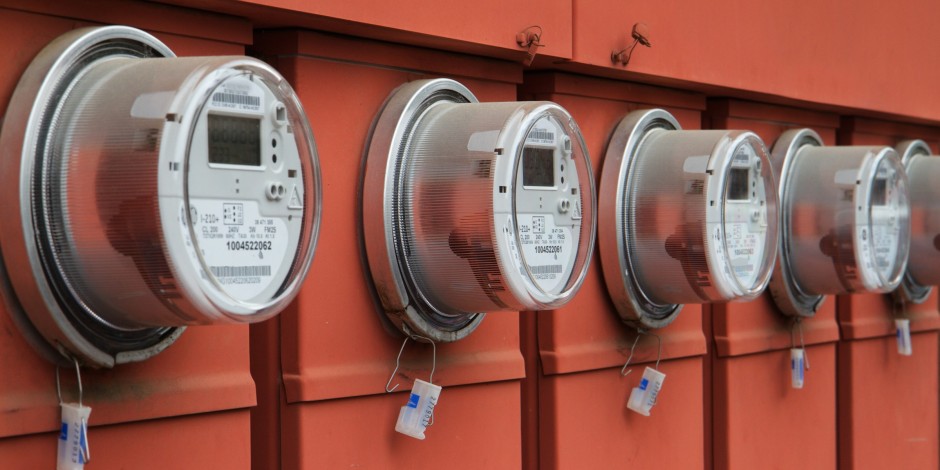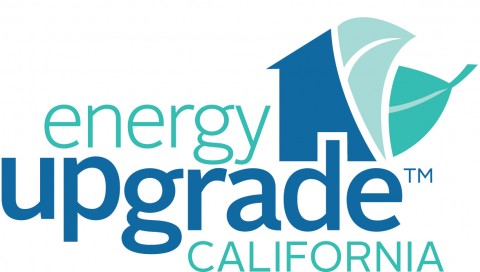What’s Happening with Solar Net Metering in California?

Net Energy Metering (NEM) has been a prominent California solar incentive for years. Under the current net metering policy—NEM 2.0—solar owners can sell their excess solar energy to their utility company at a one-for-one rate. This net metering structure is extremely lucrative and has been a driving force behind rooftop solar panel installation in California.
Changes are coming to California’s net metering policy. In December of 2022, The California Public Utilities Commission (CPUC) passed NEM 3.0, a new net metering policy.
Whether you already have solar panels or you’re thinking about installing solar panels soon, NEM 3.0 will impact you. Keep reading to learn more about the latest NEM 3.0 news and what it means for solar installations in California.
NEM 3.0 Will Take Effect on April 14, 2023 - Sign by March 17 with Brower
NEM 2.0 expires on April 14, 2023. If you are already a solar net metering participant under NEM 2.0, nothing will change for you—NEM 2.0 will be grandfathered in.
If you don’t have solar panels yet, it’s not too late to be grandfathered into net energy metering 2.0. Solar customers who sign a complete grid interconnection agreement by April 14, 2023 will also be grandfathered into the more favorable net metering 2.0. But you don’t want to wait till the last day to sign your agreement because you could miss out on savings. If you go solar with Brower, we’re encouraging homeowners to be signed up by no later than March 17! Don’t miss out on savings! Go solar today with Brower Mechanical.
Net Metering 3.0 Reduces the Value of Solar Export Credits
The biggest change that’s coming with NEM 3.0 in California is a reduction in the value of solar export rates. Solar customers will not be paid the full retail rate for the electricity they export to the grid under NEM 3. Instead, they’ll be compensated at rates that vary by month and hour. According to The California Solar & Storage Association (CALSSA), the new net metering policy will result in a “75% reduction in the value of exports.”
NEM 3.0 Incentivizes Battery Storage
California’s biggest problem with electricity isn’t necessarily producing enough solar energy but storing it until it’s needed. Solar panels generate the most electricity during the middle of the day when the sun is high in the sky. But peak demand for electricity is in the evening, after the sun has started to set. To solve this problem, California needs more solar energy storage and it's using the new NEM policy to incentivize home battery installations.
Under net metering 3.0, export rates will be higher during peak demand times than they are at other times. Customers who install solar batteries will be able to store their excess solar energy and push it to the grid when rates are high. There are ways to automate this process so you can easily maximize your net metering credits with solar batteries.
Solar Panels are Still Worth It in California with NEM 3.0
The NEM 3.0 news has raised concerns that buying solar panels in California won’t be worth it under the new net metering policy, but that really isn’t the case. Even though the policy is changing, net metering isn’t going away—solar owners will still be compensated for the excess electricity they generate. Other solar incentives, like the newly increased Inflation Reduction Act solar tax credit, are also available to make solar panels more affordable for homeowners.
Brower Mechanical is the go-to local solar panel installation company in the Rocklin, California area. If you’re wondering how much you can save with solar and how California’s NEM 3.0 will impact your savings, give us a call. We can estimate your solar savings and help you decide whether a solar installation makes sense for your home.







